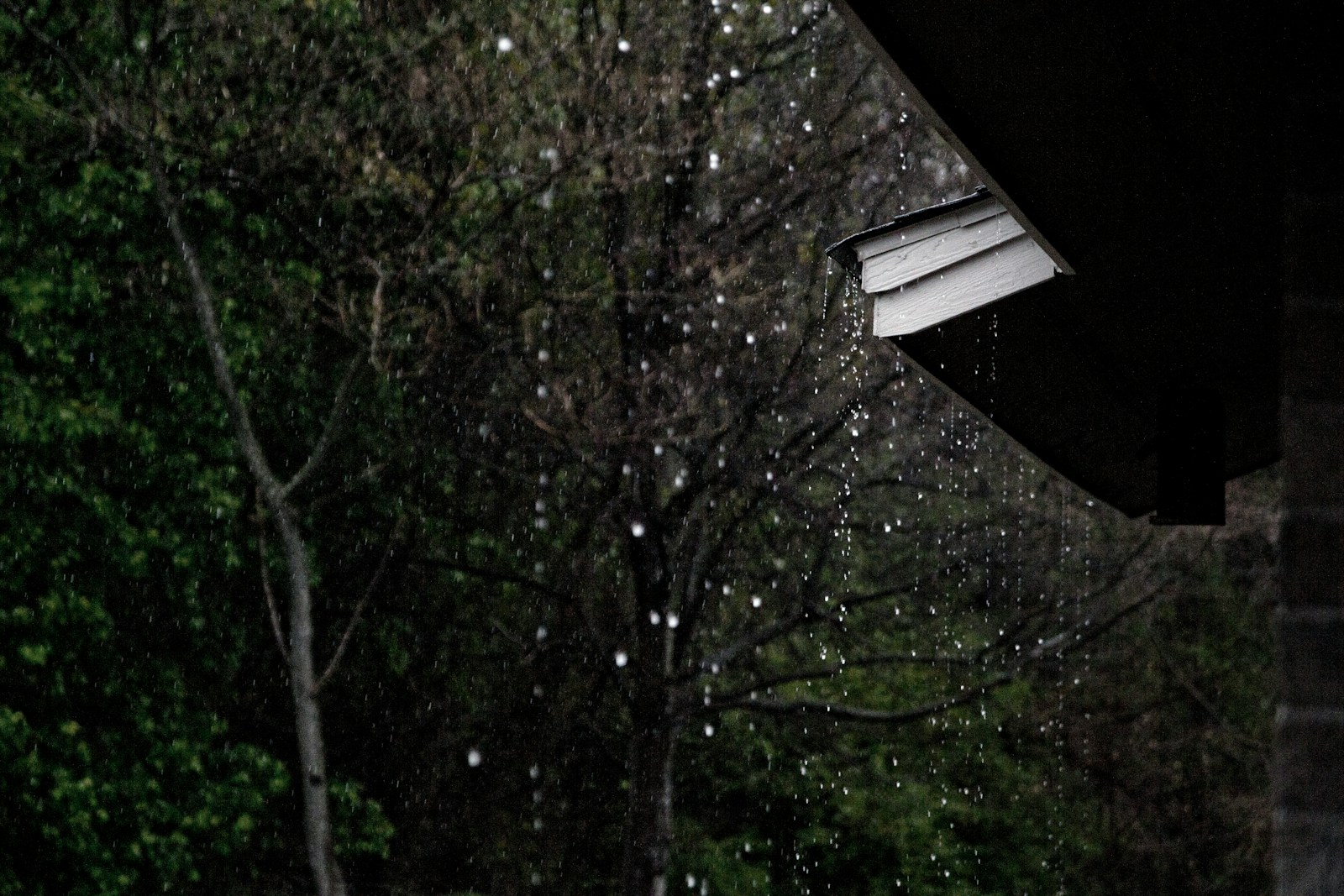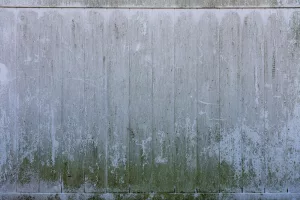Rain chains, those delightful alternatives to traditional downspouts, have made their way from Japanese temples to homes around the world. They serve both functional and decorative purposes, adding a touch of elegance to any building exterior. While they captivate with their beauty, one can’t help but wonder: Are they truly effective in directing rainwater away from a building’s structure? Rain chains are not just about guiding rainwater; they’re about creating a harmonious blend between nature and architecture. Their open design transforms the ordinary task of rainwater management into a captivating performance. However, it’s vital to assess their effectiveness comprehensively, especially when faced with varying weather conditions and architectural styles.
Understanding Rain Chains
To fully appreciate the role of rain chains, it’s essential to understand their structure and function. Unlike enclosed downspouts, rain chains consist of a series of links or cups that guide the water downward. This open design allows for the visual and auditory enjoyment of water flow, but it also raises questions about efficiency, particularly in handling large volumes of water.
The Aesthetic Appeal
Rain chains are often chosen for their aesthetic appeal. They transform the mundane task of rainwater management into an art form, providing a serene water feature even on the dreariest days. The gentle trickle of water cascading down the chain can enhance the ambiance of gardens and patios, offering a sensory experience that traditional systems simply do not. Whether crafted in copper, brass, or stainless steel, these chains can complement various architectural styles, from rustic cottages to modern urban dwellings.
Evaluating Effectiveness in Water Management
The primary concern regarding rain chains is whether they can effectively manage rainwater, especially during torrential downpours. Let’s delve into some specific factors that influence their performance:
Design and Material Impact
The design and material of a rain chain significantly affect its efficiency. Chains made from durable materials like copper or stainless steel are not only resistant to rust but also provide a smoother path for water flow. Cup-style chains can handle more water compared to link chains, reducing the chance of water splashing onto walls or causing erosion at the base. Opt for larger cups if your area experiences heavy rainfall, as they can accommodate higher volumes and reduce overflow risk.
- Material Choice: Copper develops a beautiful patina over time, adding character and charm, while stainless steel remains sleek and modern.
- Design Variety: From simple link chains to elaborate cups resembling flowers or bells, the design possibilities are endless. Choose based on both functionality and how well they complement your home’s exterior.
Climate Considerations
The local climate plays a crucial role in determining the suitability of rain chains. In areas with moderate rainfall, rain chains can function almost as efficiently as downspouts. However, in regions prone to heavy rains or storms, they might struggle to channel all the precipitation, risking overflow and water damage. Considerations such as average rainfall patterns and wind intensity should guide your choice of rain chain.
- Moderate Climates: In places like the Pacific Northwest, rain chains can be an excellent choice for handling frequent but moderate rain.
- Heavy Rainfall Areas: In tropical or monsoon-prone regions, rain chains may require additional support systems, such as splash guards or wider basins at the base.
Installation Tips
Proper installation is key to maximizing the effectiveness of rain chains. Ensure that the chain is securely anchored at the top and leads to an appropriate drainage solution at the bottom, such as a rain barrel or a drainage bed. The chain should be taut enough to guide the water efficiently but with some slack to prevent breakage during strong winds.
- Anchoring: Use sturdy brackets or hooks designed for rain chains to ensure they remain secure, even in adverse weather conditions.
- Base Solutions: Consider installing a gravel or stone bed at the base to facilitate drainage and prevent soil erosion. Rain barrels can also be a sustainable option for collecting water for reuse.
Practical Applications and Benefits
Despite the debates about their efficiency, rain chains offer several practical benefits beyond their visual appeal.
Water Collection
For homeowners interested in sustainable practices, rain chains can be a valuable tool for rainwater harvesting. By directing water into barrels or cisterns, they enable the reuse of water for gardening, irrigation, or even household chores. This can lead to significant savings on water bills, especially in areas where water is scarce or expensive. Some municipalities even offer incentives for rainwater harvesting systems, making it a financially savvy choice.
- Barrel Placement: Position rain barrels strategically to maximize water collection, ensuring easy access for gardening or other uses.
- Filtration Systems: Consider adding simple filtration systems to keep collected water clean and free of debris.
Erosion Control
By controlling the flow of water, rain chains can help reduce soil erosion around the foundation of a house. This is particularly beneficial for properties with delicate landscaping or gardens that could be damaged by uncontrolled water runoff. The gentle dispersal of water minimizes the impact on the ground, preserving the integrity of your landscape design.
- Foundation Protection: Ensure that the water is directed away from the foundation to prevent potential structural issues.
- Landscaping Integration: Incorporate rain chains within garden designs, using them to feed water features or ponds.
Challenges and Limitations
While rain chains bring numerous advantages, they are not without their challenges. Understanding these limitations can help in making an informed decision.
Risk of Overflow
In heavy rain, the open design of rain chains can lead to overflow, potentially causing water to pool around the foundation. This not only undermines the purpose of directing water away but can also lead to structural damage over time. To mitigate this risk, consider installing multiple chains or additional drainage solutions.
- Multiple Chains: For larger roofs, installing several rain chains can distribute water flow more evenly and reduce the risk of overflow.
- Additional Drainage: Incorporate trench drains or French drains to help manage excess water effectively.
Maintenance Requirements
Rain chains require regular maintenance to remain effective. Debris such as leaves and twigs can clog the chain, impeding water flow and leading to overflow. Regular cleaning and inspection are necessary to ensure the chain remains clear and functional.
- Seasonal Checks: Clean and inspect rain chains at the beginning of each season to address any potential blockages or damage.
- Preventative Measures: Install gutter guards to minimize debris accumulation.
Cold Weather Concerns
In climates with freezing temperatures, rain chains can become coated in ice, adding weight and potentially damaging the structure. It’s advisable to either remove the chains during winter or ensure they are made from robust materials that can withstand such conditions.
- Winterizing: Detach rain chains during the winter months if ice buildup is a concern, or ensure they are securely supported to handle the added weight.
- Material Consideration: Choose materials like stainless steel, which are less prone to damage from freezing.
Real-Life Examples and Case Studies
Let’s explore how some homeowners have successfully integrated rain chains into their water management systems.
A Garden Oasis in Portland
In Portland, Oregon, a homeowner installed copper rain chains as part of an elaborate rain garden. The chains direct water into a series of stepping stones and small ponds, creating a lush, green oasis that thrives on rainfall. This setup not only highlights the beauty of rain chains but also demonstrates their potential in sustainable garden design. By carefully planning the flow and using the natural slope of the land, the garden remains vibrant and well-watered, even in drier months.
Urban Efficiency in Tokyo
In Tokyo, an urban apartment building has replaced traditional downspouts with rain chains that lead to rooftop gardens. Each chain is strategically placed to ensure water reaches all areas of the garden, reducing the need for supplemental watering. This innovative use of rain chains showcases their versatility and potential for urban sustainability. By integrating rain chains with the building’s irrigation system, the management team has reduced water consumption and created a peaceful green space for residents.
Expert Advice and Recommendations
Before opting for rain chains, consulting with a rainwater management expert can provide valuable insights tailored to your specific property. Experts can assess factors such as roof size, slope, and existing drainage systems to recommend the most effective rain chain setup.
Choosing the Right Chain
Selecting the appropriate rain chain for your needs involves considering both aesthetic preferences and functional requirements. A professional can guide you through options that balance beauty with practicality, ensuring that your rain chains are as effective as they are attractive.
- Customized Solutions: Professionals can offer custom rain chain designs that perfectly fit the architectural details of your home.
- Material and Design Consultation: Get advice on the best materials and designs that will last for years and complement your home’s style.
Integration with Existing Systems
For those with existing gutter systems, integrating rain chains can be seamless. They can be attached to existing gutters to replace downspouts, or used in combination with traditional systems to enhance both function and appearance. This hybrid approach allows homeowners to enjoy the aesthetic benefits of rain chains while maintaining robust water management systems.
- Hybrid Systems: Use rain chains to enhance aesthetic areas and traditional downspouts for high-volume water management.
- Seamless Transition: Ensure proper connectors and fittings are used to integrate rain chains into existing systems without leaks or misalignments.
Making the Decision
Ultimately, the decision to install rain chains should be based on a careful evaluation of their benefits and limitations in the context of your specific environment. While they may not replace traditional downspouts in all situations, they offer a unique blend of form and function that can enhance the beauty and sustainability of a home.
In making your choice, consider the following:
- Climate and Rainfall Patterns: Understand your local weather conditions and choose a rain chain system that can handle the typical rainfall levels.
- Material and Design: Opt for durable materials and designs that match your aesthetic while providing efficient water management.
- Maintenance Commitment: Be prepared for regular upkeep to ensure your rain chains remain an effective part of your drainage system.
By weighing these factors and seeking professional guidance, you can decide whether rain chains are the right fit for your home, turning rainwater management into an artful experience. As with any home improvement decision, thorough research and planning will ensure that your rain chains not only look beautiful but also perform effectively, adding value and charm to your property.




